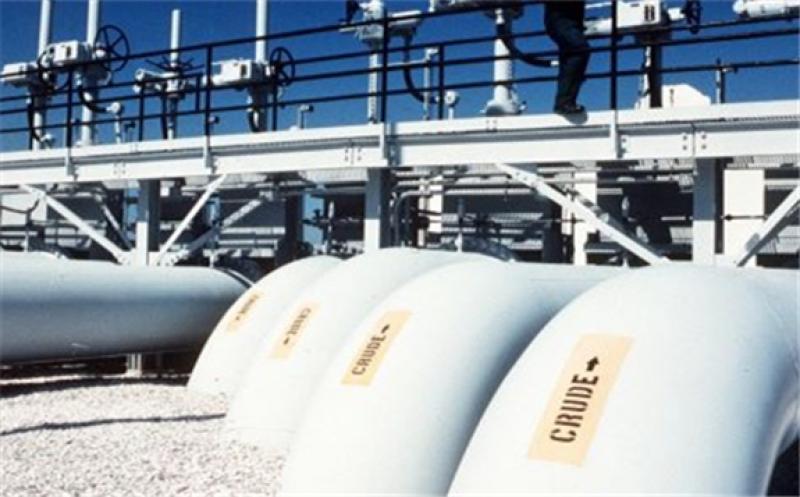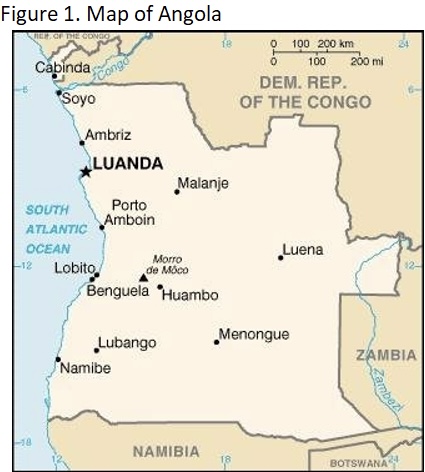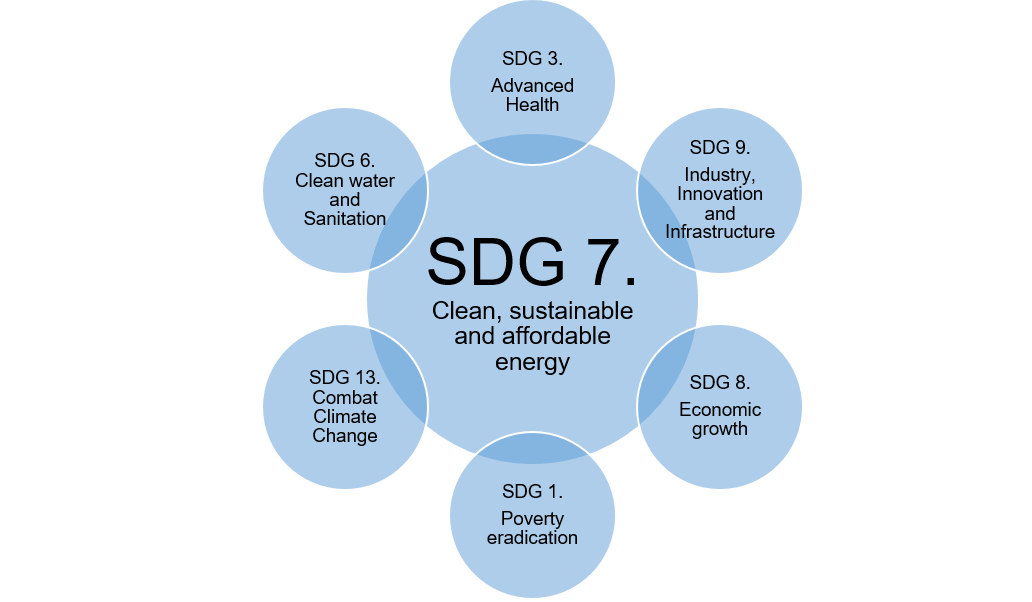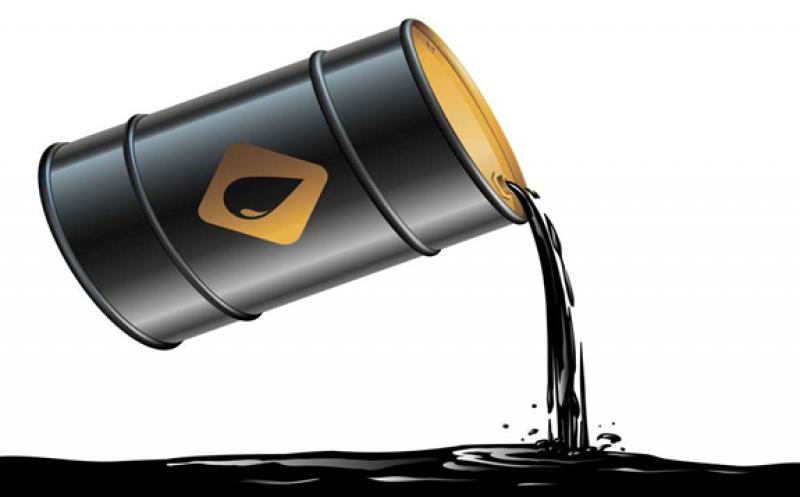U.S. crude oil inventories went up by 1.9 million barrels in the week to March 19, adding that at 502.7 million barrels, inventories were 6 percent above the five-year average for this time of year.

The figure compares with a build of 13.8 million barrels reported for the previous week. Analysts had expected the EIA to report an inventory decline of some 900,000 barrels.
A day earlier, the American Petroleum Institute reported a crude oil inventory build of 2.927 million barrels for last week.
In gasoline, the EIA reported an inventory build of 200,000 barrels for the week to March 19. This compared with another modest 500,000-barrel increase in gasoline inventories a week earlier. Production averaged 8.6 million bpd last week, compared with 8.9 million bpd a week earlier.
In middle distillates, the EIA estimated an inventory increase of 3.8 million barrels for the third week of March. This compared with a build of 300,000 barrels for the previous week. Production stood at 4.6 million bpd, versus 4.2 million bpd a week earlier.
Oil prices have been on the decline, too, this week, as Europe battles yet another rise in Covid-19 infections and several EU states have started tightening movement restrictions soon after they relaxed them in anticipation of a steady decline in infections, which failed to materialize.
Prices got a boost earlier today, however, on the news that one of the largest container ships in the world ran aground in the narrowest point of the Suez Canal, effectively blocking it for what could be days.
There is also a certain element of price correction, according to observers, after Brent hit $70 per barrel earlier this month, prompting profit-taking behavior. That came on top of growing concern about demand recovery, with Bloomberg noting the rising number of unsold Western African oil cargos scheduled to load in April.
At the time of writing, Brent crude was trading at $62.74 a barrel, with West Texas Intermediate at $59.68 a barrel. Both benchmarks were slightly up from the close of trade on Tuesday but nowhere near enough to recoup the losses they suffered over the past week.
This article is reproduced at Oilprice.com





